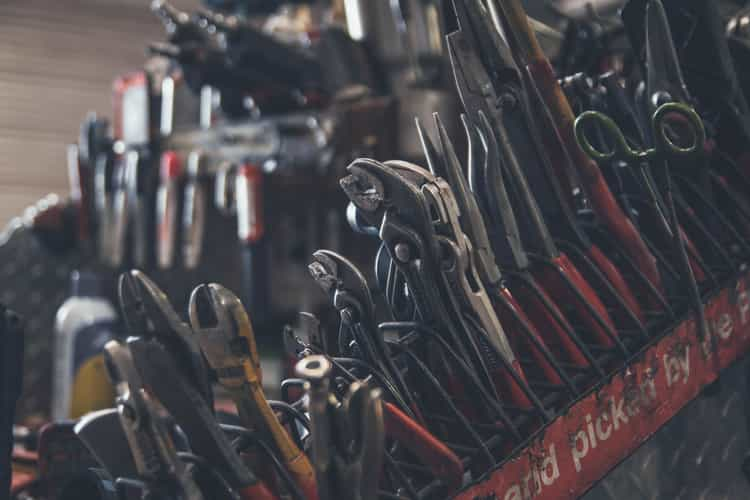
Lots of good websites give advice about maintaining your vehicles. The Road Safety Association is particularly good with key steps to maintaining your vehicles.
If you follow their simple steps, your goods vehicle, trailer and bus will always be reliable and roadworthy:
- Give someone in your company responsible for making sure your vehicles are roadworthy
- Make sure your drivers always carry out a daily walk around checks
- Put in place an effective maintenance program
- Monitor all vehicle maintenance, defects, and repairs
- Make sure you have the facilities and expertise to maintain and repair your vehicles
- Make sure all staff involved with the roadworthiness of vehicle are trained in their duties and know their responsibilities
A system must be in place setting out what checks and inspections need to be carried out, with what frequency, and by whom. This will include:
Pre-trip check – Carried out by the designated driver of the vehicle prior to each trip, or daily should the trip be more than 24 hours duration. This is to ensure the vehicle is in a safe and roadworthy condition before commencing the journey.
Post-trip check – Carried out by the designated driver at the end of the trip, or daily should the trip be more than 24 hours duration. This is the opportunity to check for any faults that may have arisen during the journey, and to log any defects to be fixed by the maintenance team.
On completion of a check, the driver will be required to correct any minor issues (e.g. topping up fluid levels) as well as completing a vehicle checklist and reporting any faults. Safety-critical defects, for example, brake failure, must be reported, while the vehicle must be taken out of use immediately and not driven until faults are rectified.
It is recommended that the fleet management or vehicle maintenance team inspect each vehicle on a routine basis (ideally weekly). This ensures that anything that may have been missed during checks carried out by drivers identified.

Photo by NeONBRAND on Unsplash